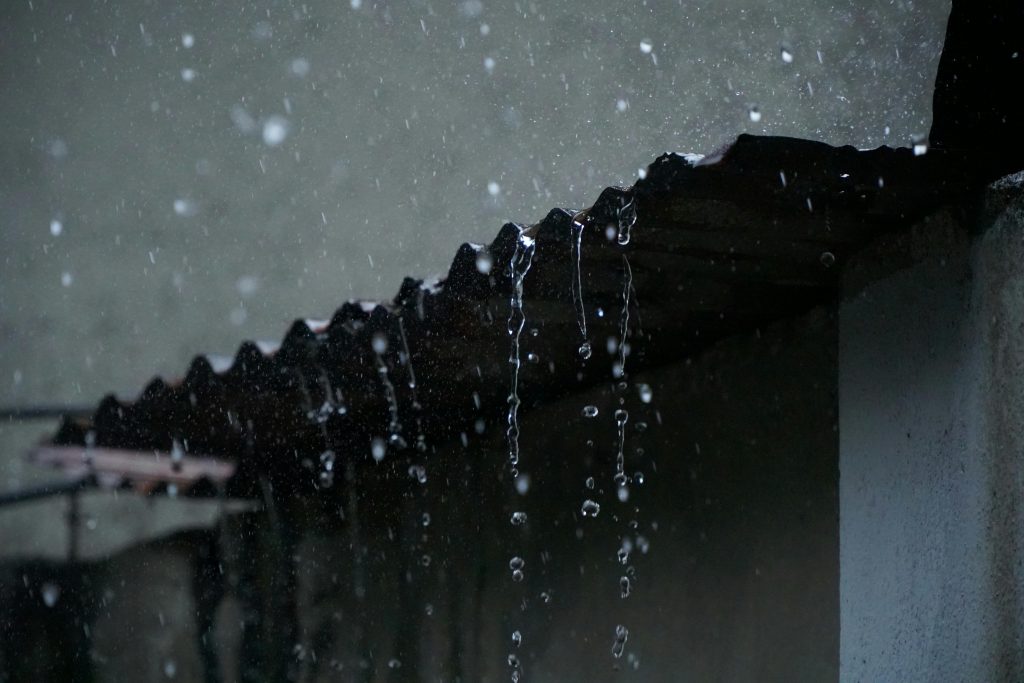Rain gardens are not only aesthetically pleasing additions to outdoor spaces but also serve a crucial role in managing stormwater runoff and promoting biodiversity. By incorporating thoughtful design elements and appropriate plant selections, you can create a rain garden that not only enhances the beauty of your landscape but also effectively manages rainwater while providing habitat for wildlife. In this article, we’ll explore some key design principles and plant choices for creating a beautiful and functional rain garden.

- Location and Site Selection: Choose a location for your rain garden that receives runoff from rooftops, driveways, or other impervious surfaces but is at least 10 feet away from buildings to prevent water infiltration into foundations. Ideally, the site should have a gentle slope to encourage water flow and infiltration. Avoid areas with underground utilities or septic systems, and check for any local regulations or permits required for installing a rain garden.
- Size and Shape: Determine the size and shape of your rain garden based on the amount of runoff it will receive and the space available in your landscape. A typical rain garden is shallow (6-12 inches deep) and gently sloped, with a depression designed to capture and hold rainwater temporarily during storms. The shape of the rain garden can be curved or irregular to mimic natural features and enhance visual interest.
- Soil Preparation: Prepare the soil in the designated area by removing existing turf or vegetation and incorporating organic amendments such as compost to improve soil structure and drainage. Break up compacted soil to enhance infiltration, and consider installing a layer of coarse sand or gravel at the bottom of the rain garden to improve drainage and prevent erosion.
- Plant Selection: Choose a diverse mix of native plants suited to the local climate and soil conditions to create a resilient and ecologically valuable rain garden. Select plants with varying root depths and growth habits to maximize water uptake and filtration. Consider incorporating a mix of grasses, sedges, wildflowers, shrubs, and trees to provide habitat for pollinators and other wildlife while adding visual interest throughout the year.
- Maintenance and Care: Once established, maintain your rain garden by removing weeds, pruning plants as needed, and replenishing mulch to suppress weed growth and retain moisture. Monitor the garden during rainfall events to ensure proper drainage and infiltration, and remove any debris or sediment that accumulates in the garden to prevent clogging.
Creating a beautiful and effective rain garden requires careful planning, thoughtful design, and appropriate plant selection. By incorporating these desig



